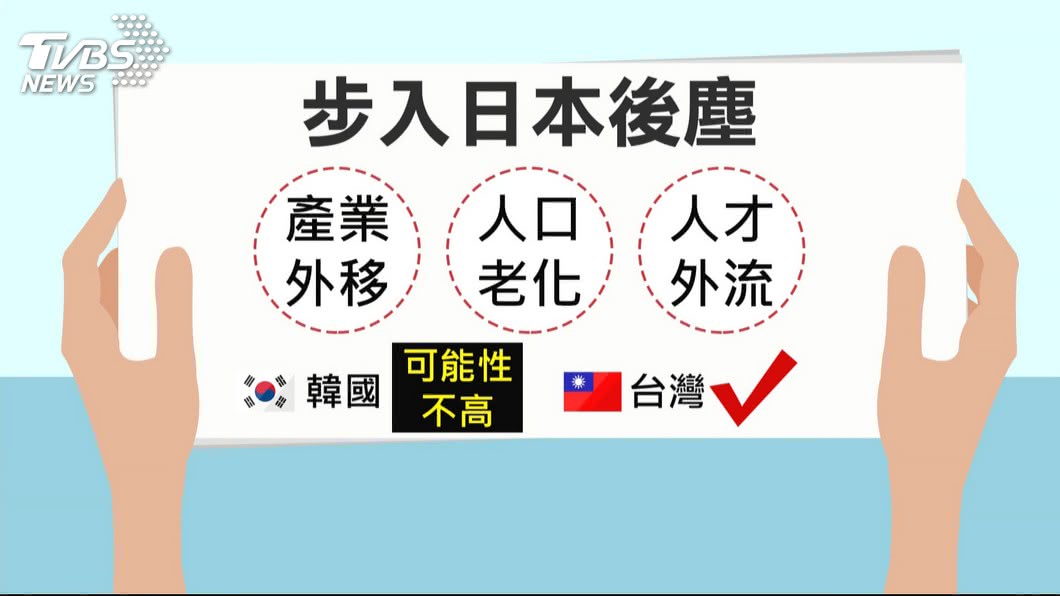From:https://academic.oup.com/biomedgerontology/advance-article-abstract/doi/10.1093/gerona/glz033/5315542
Redox parameters as markers of the rate of aging and predictors of lifespan
Irene Martínez de Toda, MSc Carmen Vida, PhDAntonio Garrido, PhD Mónica De la Fuente, PhD, MD
The Journals of Gerontology: Series A, glz033,
https://doi.org/10.1093/gerona/glz033Published:
11 February 2019
Abstract
Oxidative stress has been reported to increase with aging and although several age-related changes in redox parameters have been described, none of them have been verified as markers of the rate of aging and lifespan. Therefore, antioxidant (catalase, glutathione peroxidase and reductase activities and reduced glutathione) and oxidant (oxidized glutathione, basal superoxide anion and malondialdehyde concentrations) parameters were studied in whole blood cells from humans divided into different age groups (adult, mature, elderly, nonagenarian and centenarian) in a cross-sectional study. Moreover, the same parameters were investigated in peritoneal leukocytes of mice at the analogous human ages (adult, mature, old, very old and long-lived) in a longitudinal study as well as in adult prematurely aging mice (PAM). The results reveal that the age-related alterations of these markers are similar in humans and mice, with decreased antioxidants and increased oxidants in old subjects whereas long-lived individuals show similar values to those in adults. Additionally, adult PAM showed similar values to those in chronologically old mice and had a shorter lifespan than non-prematurely aging mice. Thus, these parameters could be proposed as markers of the rate of aging and used to ascertain biological age in humans.
Keywords: antioxidants, oxidants, longevity, biological age markers, oxidative stress
Topic:
agingantioxidantsoxidative stressglutathioneadultcatalaseglutathione disulfideglutathione peroxidaseleukocyteslongevitymalondialdehydeoxidantsoxidation-reductionoxidoreductasesuperoxidesmiceperitoneumwhole bloodelderlynonagenarianslife spanverificationIssue Section:
Original Article




